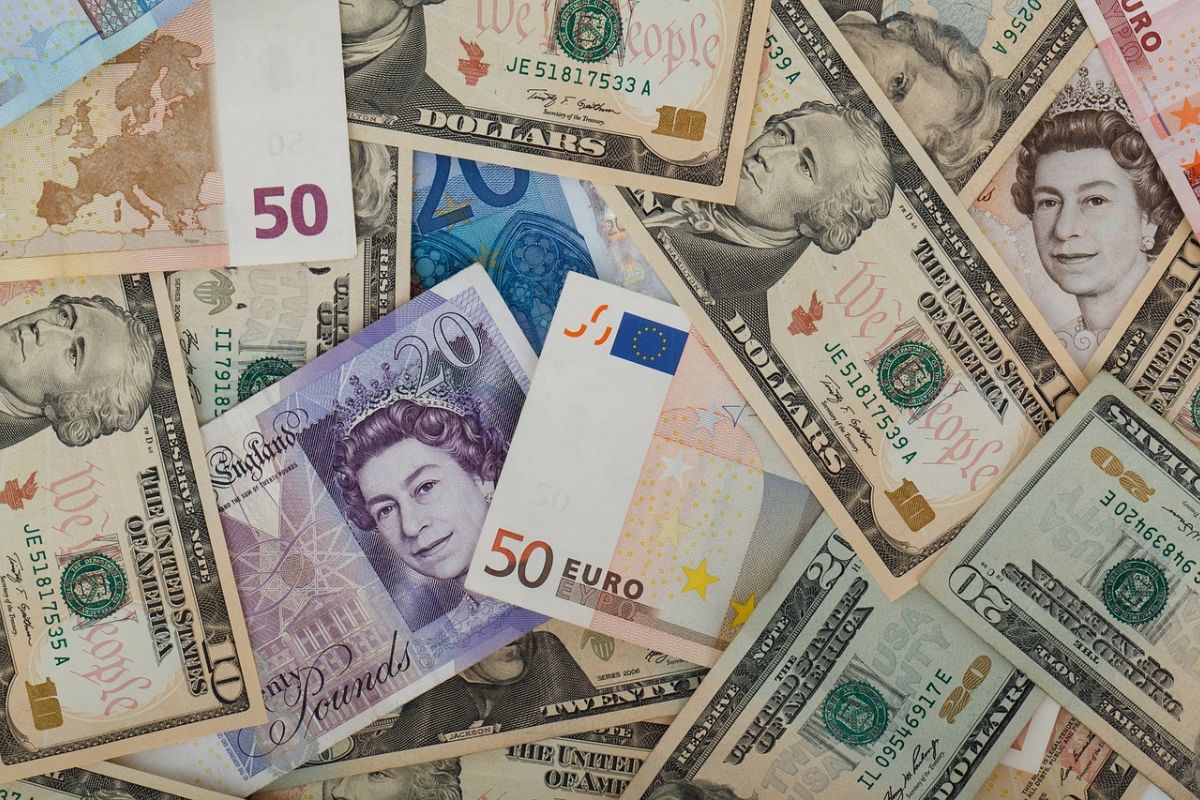
Dollar Bounces, Sterling Slumps Over Negative CPI Data
The United States Dollar rose from a two-year low during Europe’s trading session on Wednesday. In contrast, the Sterling slid following CPI data showing inflation is at a 40-year height.
Dollar Rises, Sterling Falls
On Wednesday, at 3 a.m. ET, the USD index gained 0.2 percent to 112.270. Previously, the same index lost some points, winding up at 111.76, its lowest range. It is worth knowing that the index metes the Dollar against six major currencies.
Due to the Dollar’s upside reversal, the currency let up its multi-decade retracement. As a result, September saw the USD hit 114.78, a multi-decade high.
Risk bias has grown significantly among investors lately. With Britain’s unfunded tax-cut scheme now in the bin, investors are off the edge. Nevertheless, traders are partly optimistic, thanks to corporate earnings consolidating equity markets.
Also, gas costs got reduced due to warm climatic conditions in Europe. However, an ING analyst noted that the Dollar’s momentum would not influence Fed’s tightening decision. As expected, Fed would enter with another 75 basis points hike in November.
Meanwhile, next spring, the Fed would lift fund rates to 4.98%.
Furthermore, the Dollar demonstrated investors’ apprehension via the greenback’s action versus the Yen. USD/JPY gained 0.1 percent to 149.146, its highest range since 1990. However, 150 is marked a psychological border by the Japanese government.
Crossing that level would spur the government into another Yen-buy program. Last month, when it broke the 145 range, Japan was forced to step in for the currency. That was because the Yen tipped into a massive slump.
Since then, the officials have monitored its movement for any sudden debacle. Shinuchi Suzuki, Japan’s Finance Minister, confirmed he is constantly watching the currency closely.
Eurozone Currencies’ Report
In other news, GBP/USD lost 0.4 percent to $1.1277. That followed UK’s CPI report revealing that inflation has surged to a 40-year high. According to the September data, inflation peaked at 10.1%.
Economists believe this figure will push the Bank of England towards more monetary tightening. Besides, households will experience further spending contraction. Hence, attracting a macroeconomic dilly-dally as the year unfolds.
On Tuesday, the Euro touched a high of $0.9875, a level last seen on October 6. However, on Wednesday, it stood at a close range of $0.9825 after losing 0.3 percent.
Eurozone’s Consumer Price Index report is due later today. Investors expect it to turn out as double-digits, the same way Britain’s did. ECB policymakers have a meeting next week Thursday regarding monetary policy. Investors predicted the bank would impose 75 basis points on rates like it did in September.
Like other Central banks on the hiking path, ECB started with 50 basis points. Afterward, higher inflation figures pushed the bank even higher to 75 basis points.
The Australian Dollar (AUD) lost 0.2 percent against the United States Dollar to 0.6297.
New Zealand got hit by an unexpected inflation figure. Hence, causing investors to believe the central bank would squeeze monetary policy. NZD/USD is trading at 0.5677 after losing 0.1 percent.










































